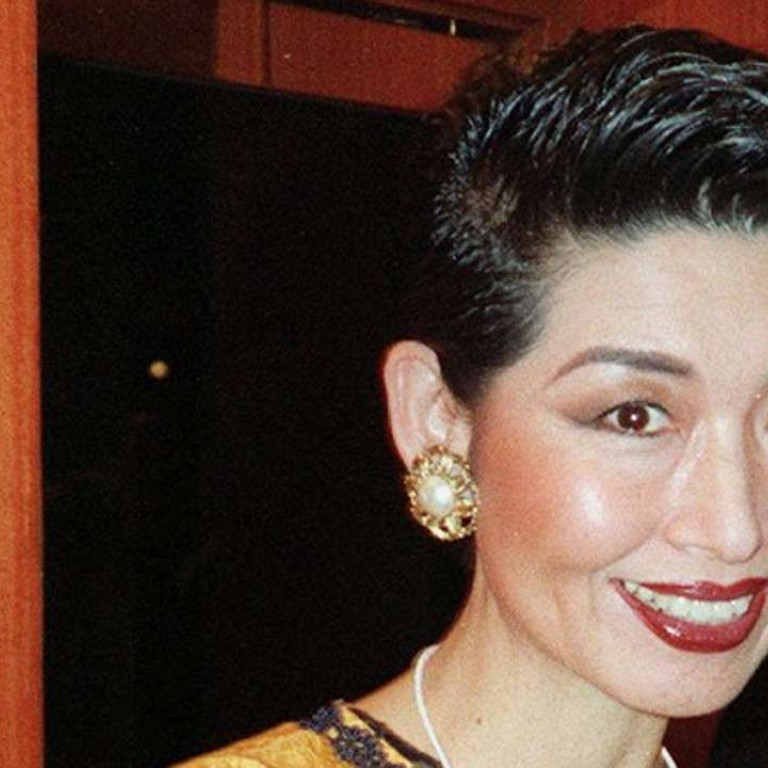
It’s in the genes — a mixed blessing for leadership
Certain DNA markers affect personality characteristics that predispose people to be leaders
History is replete with examples of family members who became leaders. The US has a long list of Kennedys in government office. India has its Gandhis.
Still there are examples where family members are a poor shadow of their more charismatic leader relation.
There is a Chinese saying in business about the third-generation curse where it is believed that’s the point in the line of family leaders that will run it into the ground.
It turns out that having the right genes can see you become a chief executive Officer, or not. The very same genes that bring you up as a leader can also hinder you from becoming one.
The riskiness and freedom characteristics associated with rule breaking make such rule breakers popular
Yes, blame it on the genes.
In several behavioural genetic research projects involving twins, people’s genetic make-up accounted for some 30 per cent of whether an individual becomes a leader.
Yet few have studied specific DNA markers in this connection. We believe that certain DNA markers affect personality characteristics that predispose people to be leaders.
The dopamine transporter gene, DAT1, is one such marker. As a neurotransmitter, it regulates arousal, motivation and reward behaviours.
Studies have shown that the dopamine genetic marker, DAT1 10-repeat allele, is related to rule breaking – a form of risk taking.
We take a leaf from evolutionary theory on survival and leadership. People who take risks and are bold enough to break rules get to explore the unknown and promote survival.
Unlike seriously-deviant behaviour such as criminal acts that can be disruptive, mild rule-breaking behaviour allows individuals to explore boundaries of what is right and wrong. By exploring uncharted territories, they learn something new, stretching their abilities and skills, which in turn become capabilities for the basis of leadership.
People who break rules act according to their own volition without constraints. This gives the impression of being powerful and charismatic, qualities that contribute to an emerging leadership role.
Breaking rules is also inherently risky as rule breakers can be punished. Yet, breaking rules means freedom from constraints. The riskiness and freedom characteristics associated with rule breaking make such rule breakers popular and even admired in some cases, thus providing fertile ground for the emergence of a leader.
However, there are detrimental effects of the DAT1 gene.
According to evolutionary leadership, leaders are individuals who can adapt to the changing environment and learn to survive. By planning ahead, anticipating new dangers, taking proactive measures to deal with potential threats, and persevering until they achieve their targets, individuals enhance their chances of survival, making them leaders.
In other words, leaders have a proactive personality.
Behavioural genetic research has shown that about 40 per cent of differences in a proactive personality arise from genetic differences. Dopamine again plays a role.
Specifically, its DAT1 10-repeat allele is related to hyperactivity, poorer performance on neuropsychological tests such as staying attentive and memory and impaired responses. People with DAT1 10-repeat allele are impulsive and exhibit symptoms of attention deficit hyperactivity disorder (ADHD).
Essentially, they can’t regulate their behaviour — an ability one would expect leaders to have.
Hence, it comes as no surprise that after taking into consideration gender and age, our research found that although individuals with the dopamine gene tend to break rules, which helps towards leadership emergence, they also have a less proactive personality that does not augur well for leadership. Dopamine is a mixed blessing.
To be a leader, and an effective leader at that, involves multiple factors — genes and the environment — working in tandem.
Employees bring different individual characteristics to the organisation. Some of these differences cannot be ignored as they are rooted in genetic make-up, just like the gene we studied.
As managers, we cannot assume that if the work environment is changed to improve performance, all employees will respond similarly and benefit from that change. Personality characteristics associated with genetic make-up may undermine the effectiveness of some work environment improvements.
Instead, we advocate that more individualised and customised management practices be adopted, allowing people to choose the type of work environment that fits their personality.
This means that organisations needs to be flexible enough to incorporate different work cultures. For instance, an employee with DAT1 gene can be given short projects one at a time to compensate for the short attention span, while providing a work environment that encourages initiative and mild risk taking. For others without the DAT1 gene, a more multitasking job nature may be more suited.
Customising workplace practices is good for employees for learning, development and leadership potential. As employee well-being is improved, so will performance and organisational effectiveness.
Song Zhaoli is associate professor and Richard Arvey visiting professor of management and organisation at the National University of Singapore (NUS) Business School
